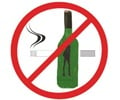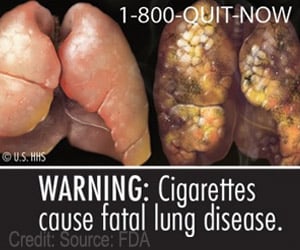Russia has seen significant drops in overall alcohol consumption since the early 2000s, and there has been a steep parallel decline in the country's death rates as well, finds a new study.

‘Much of alcohol consumption decline has been the result of evolving patterns of alcohol consumption, economic factors, and alcohol policies enacted by the government.
’
Read More..




"Alcohol use has been established as one of the main contributors, if not the main contributor, to Russian mortality," write the authors, led by Maria Neufeld, of the Moscow Research Institute of Psychiatry. She is also with the Institute of Clinical Psychology and Psychotherapy, Dresden Technical University in Dresden, Germany. Read More..
To study the relationship between mortality, alcohol consumption, government policies, and social trends, the researchers analyzed a number of sources. These included the Russian Fertility and Mortality Database to obtain data on death rates and cause of death, including deaths specifically due to alcohol consumption (e.g., alcohol poisoning, liver disease, and cardiomyopathy) as well as deaths frequently related to drinking (e.g., suicide and homicide). They obtained data on life expectancy broken down by sex and beer sales from the Russian Statistical Service.
Alcohol consumption rates were determined using a technique developed by the study’s first author, Alexander Nemtsov, of the Moscow Research Institute of Psychiatry.
Neufeld and colleagues observed three waves overtime in which drinking and mortality dropped together.
The first was 1985 to 1987, a time that corresponded with Mikhail Gorbachev’s anti-alcohol campaign of the 1980s. Shortly after repeal of these measures in 1990, life expectancy again dropped while alcohol consumption, particularly of illegal vodka, increased.
Advertisement
The third wave, beginning around 2003 and continuing through the present, saw the enactment of a number of government policies aimed at alcohol consumption. These included greater restrictions on hours of sale and the locations in which alcohol can be sold, increases in minimum pricing and alcohol taxes, stricter licensing, and prohibitions on public drinking.
Advertisement
Although the study can’t prove that the decrease in alcohol consumption directly led to improved life expectancy, the link is strong, waxing, and waning in tandem over time. "Trends in estimated total alcohol consumption and official alcohol sales strongly correspond with the observed shifts of mortality," the authors write.
In a related editorial, William A. Pridemore, of the School of Criminal Justice at SUNY Albany, concurs that regulations are effective but that the narrative is often complex. "Alcohol policies also may be rooted in culture or a zeitgeist that affects health outcomes independent of regulations," he writes. "For example, a developing nation with high consumption enacts alcohol regulations, but also enacts other health-related policies, and goes through the demographic transition, and experiences economic growth."
"The amount and type of regulations are driven by social forces, some of which might also influence health via other mechanisms," he writes.
"[A]lcohol policy is effective in reducing harm," according to Pridemore, "but is embedded in a complex network of social, political, and economic forces that make it difficult to discern its precise effects."
Source-Eurekalert















